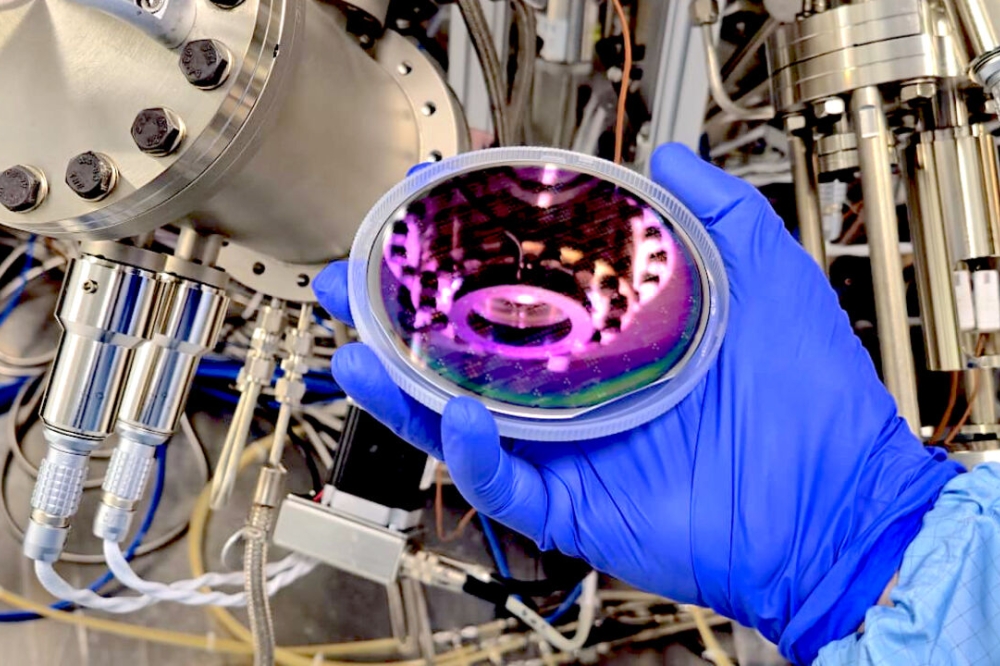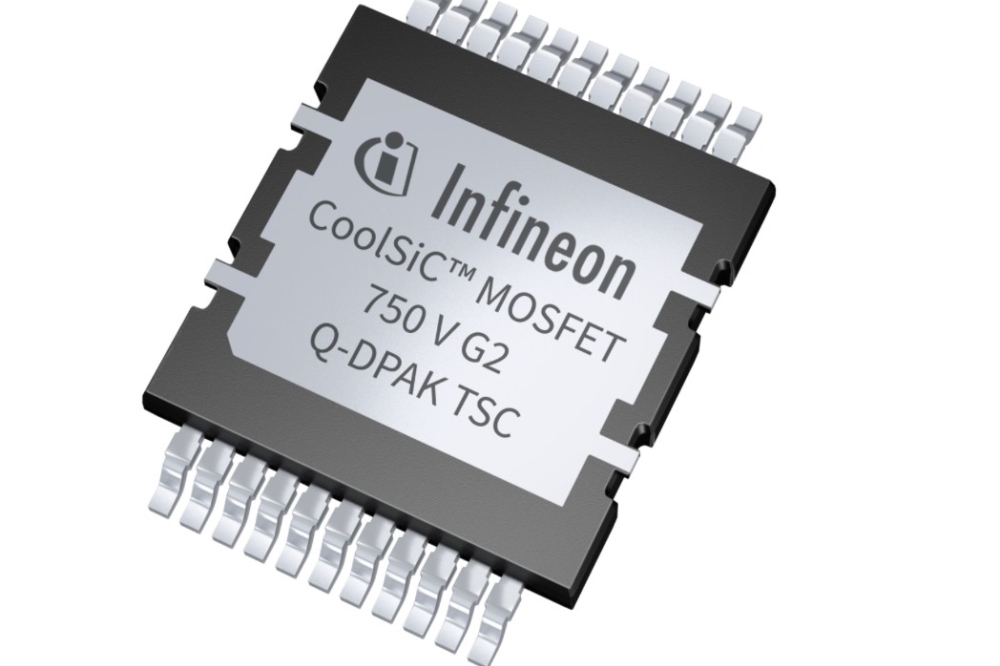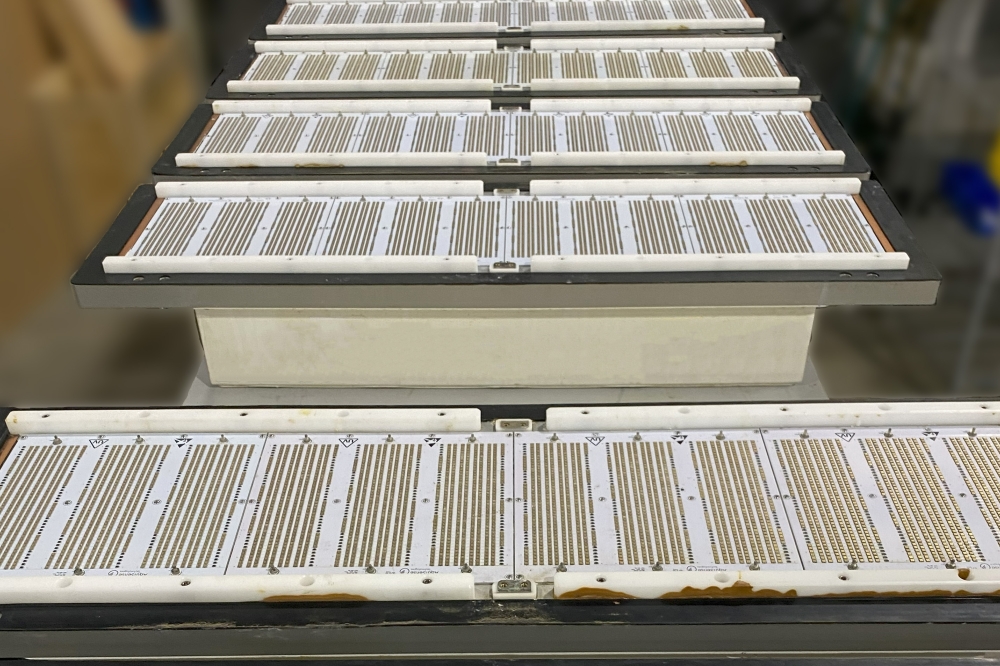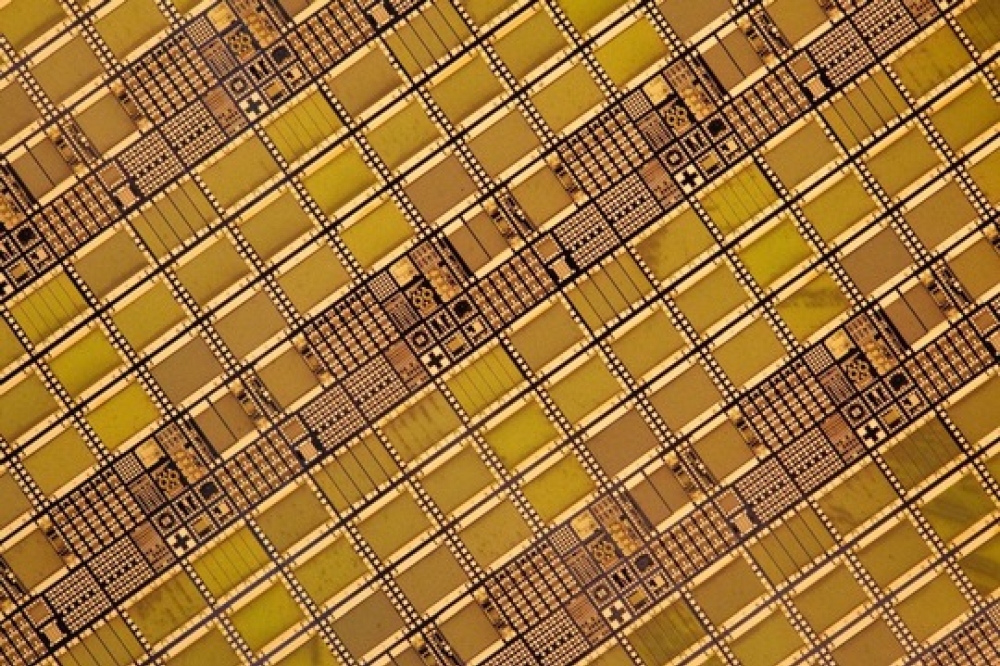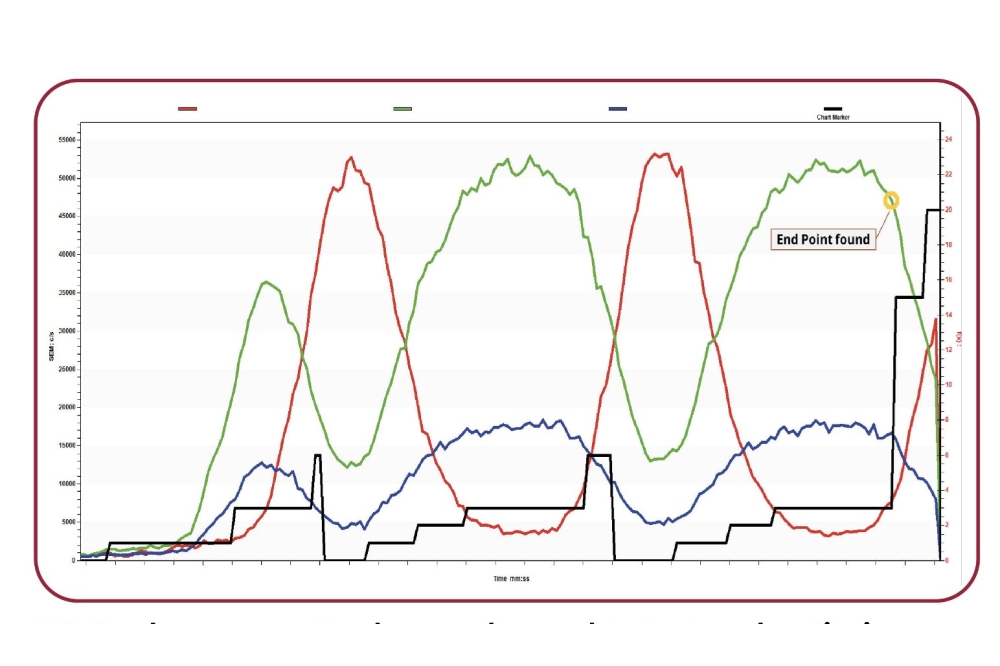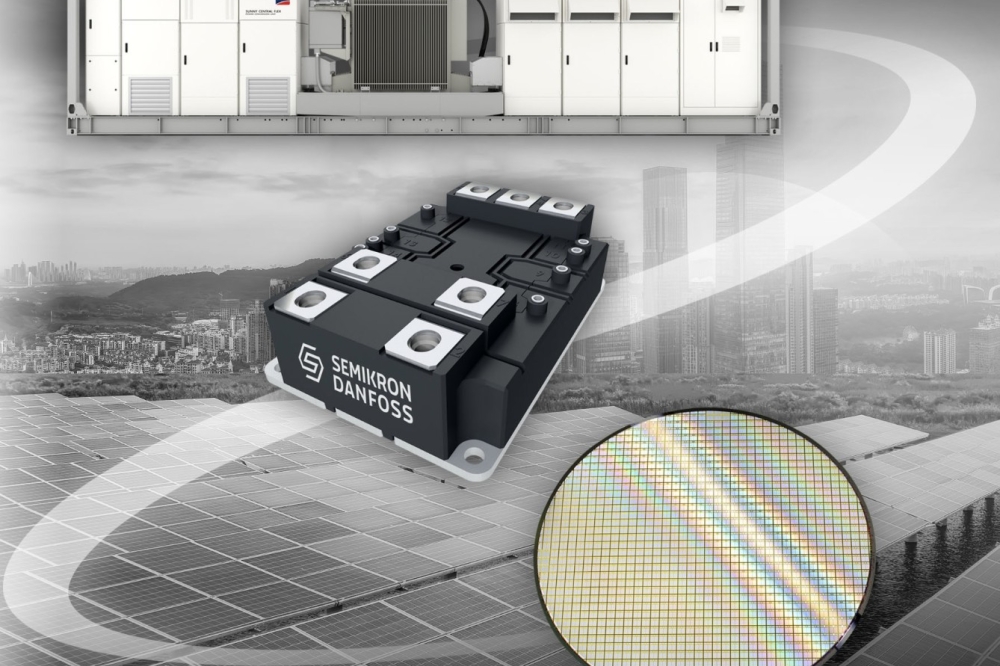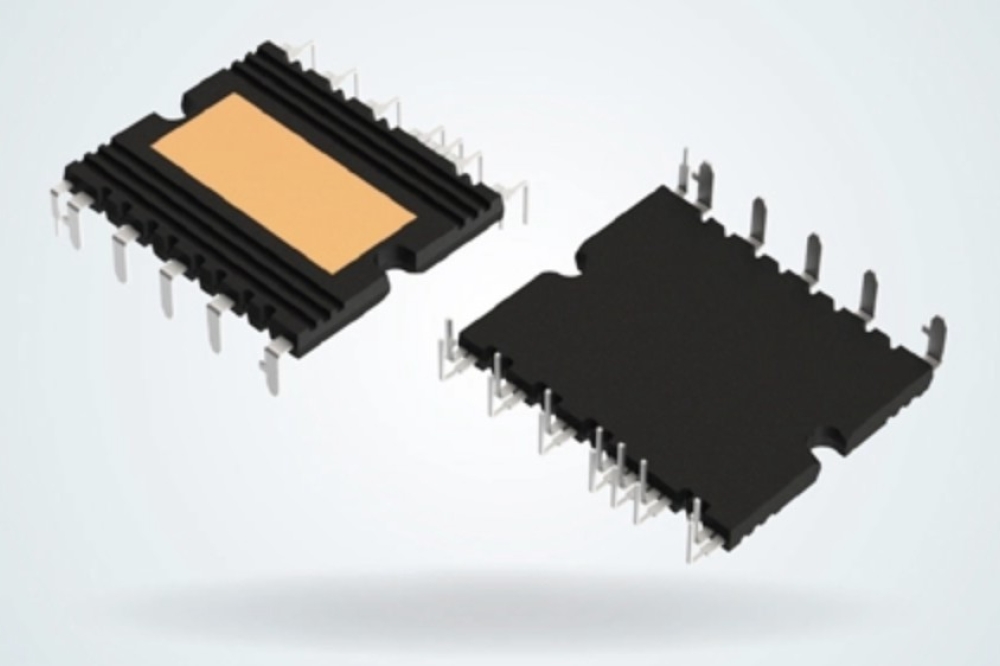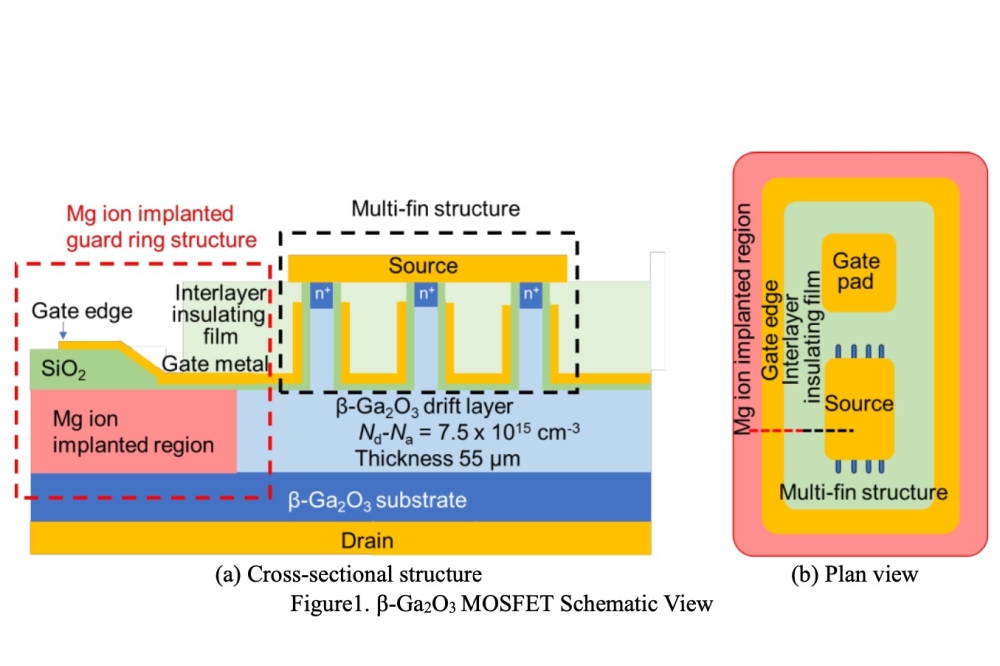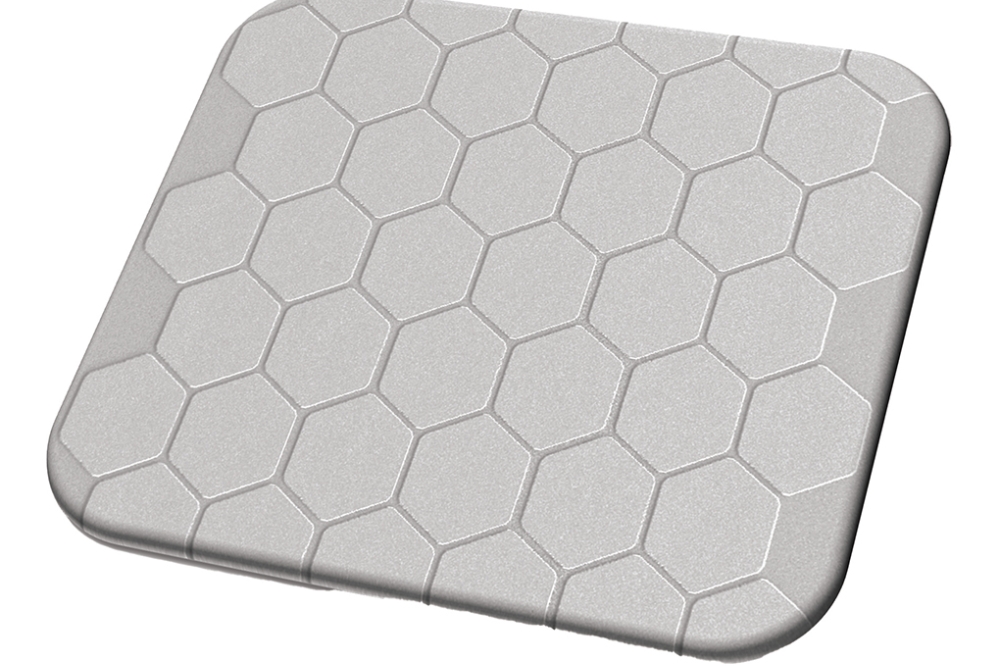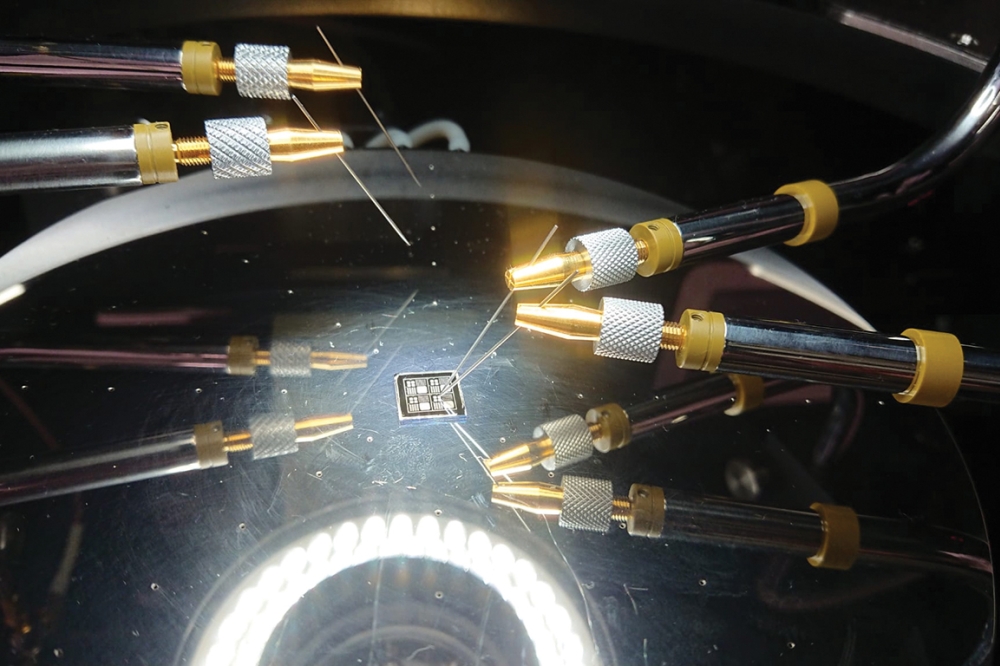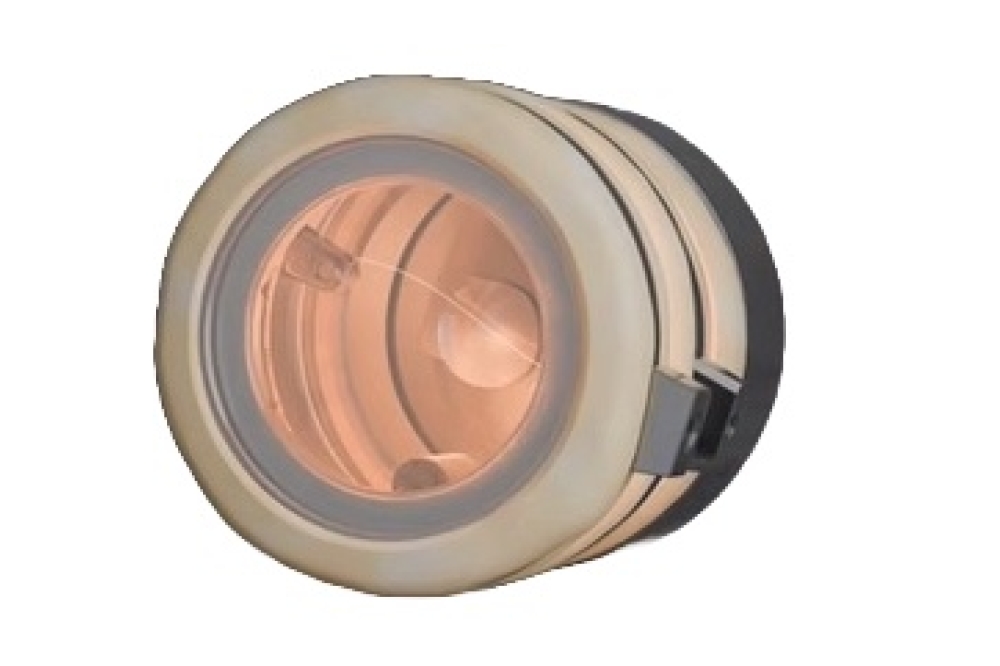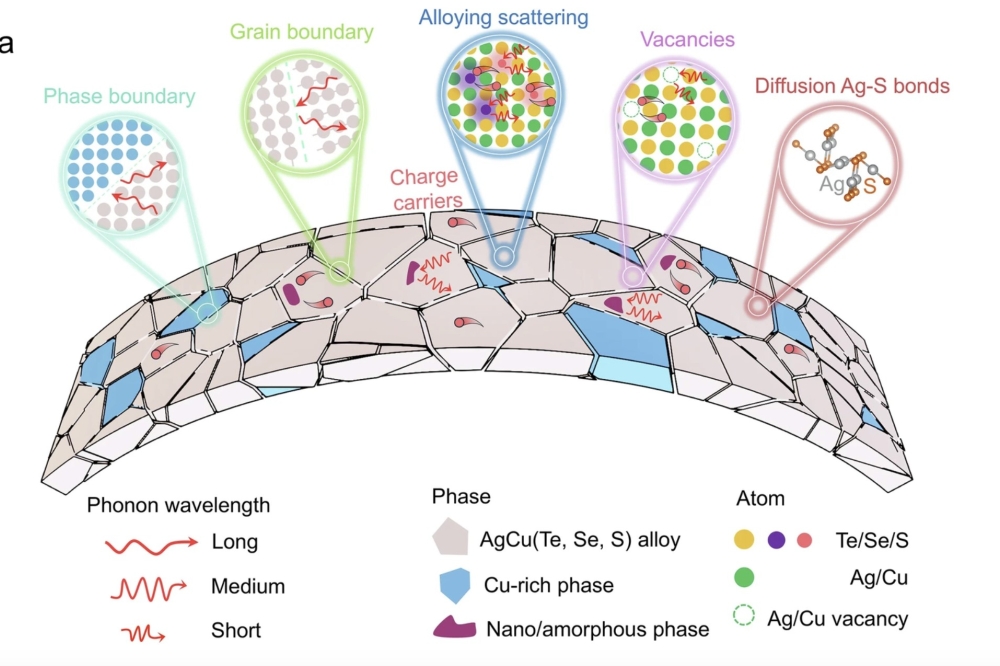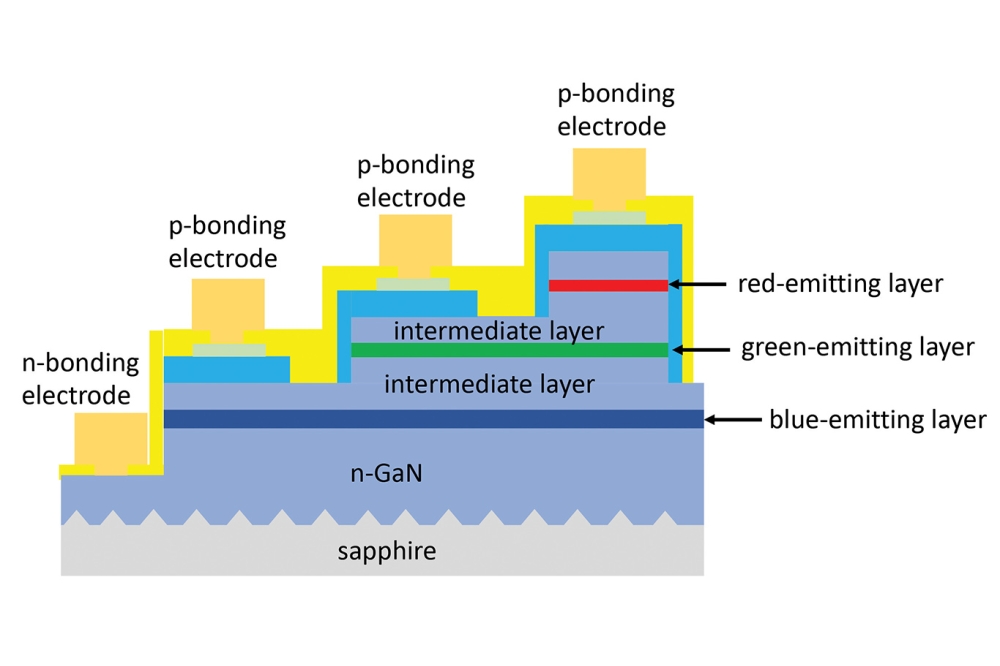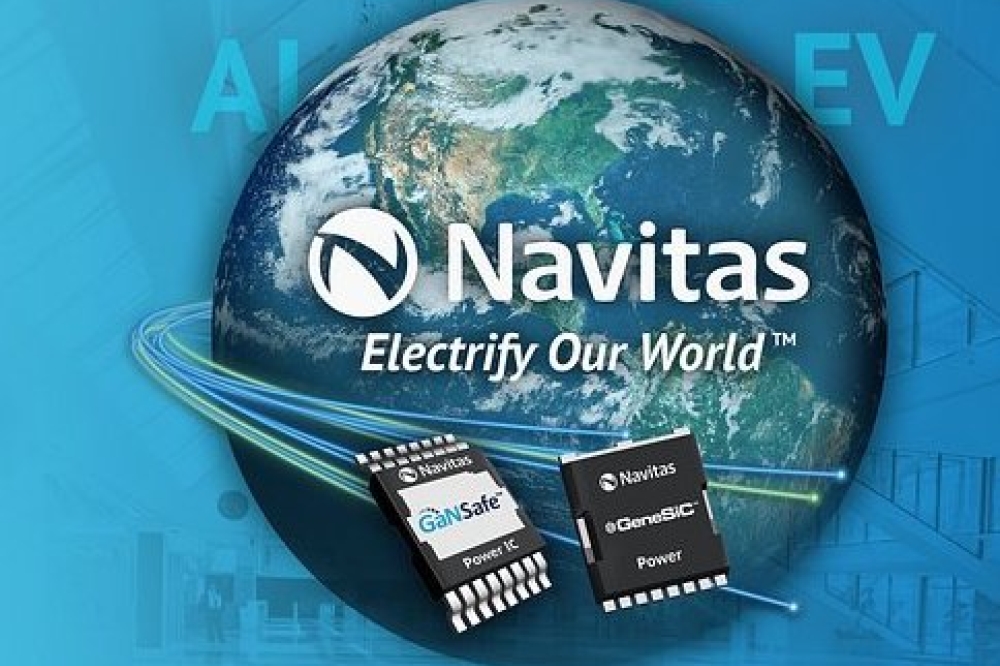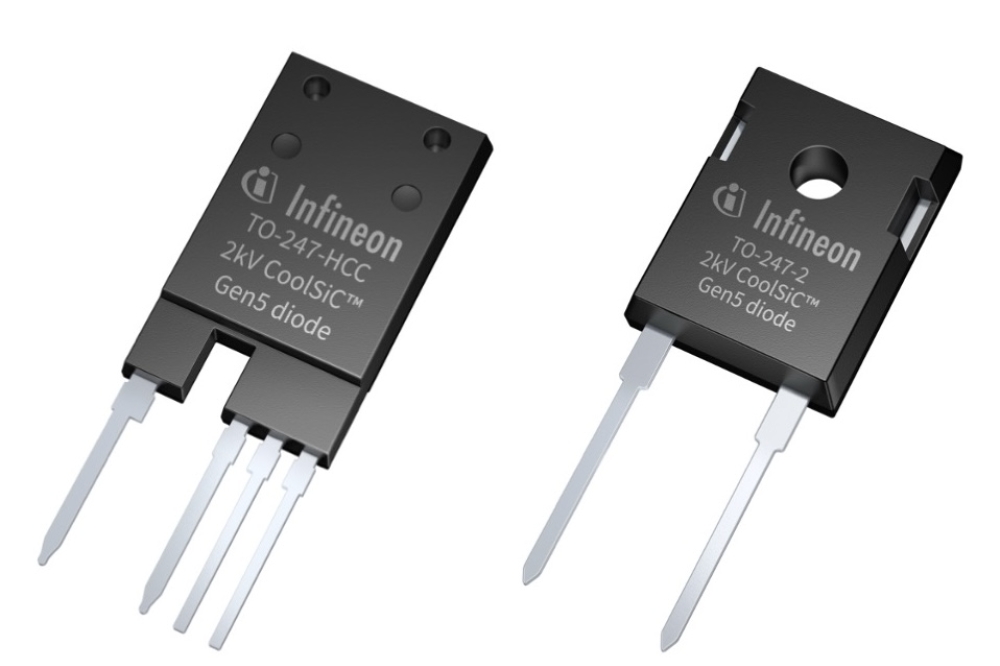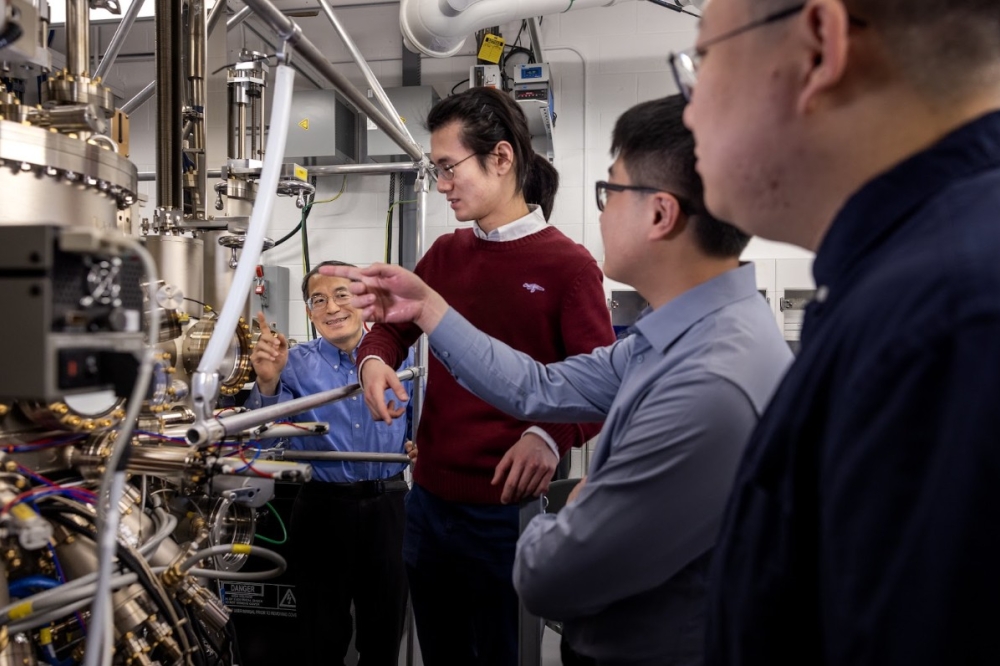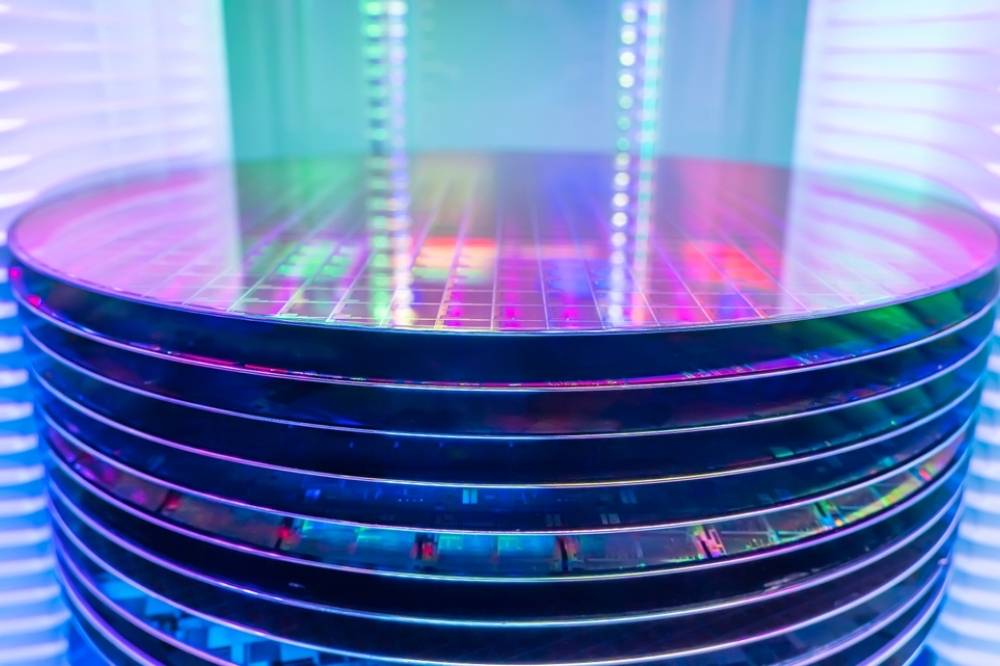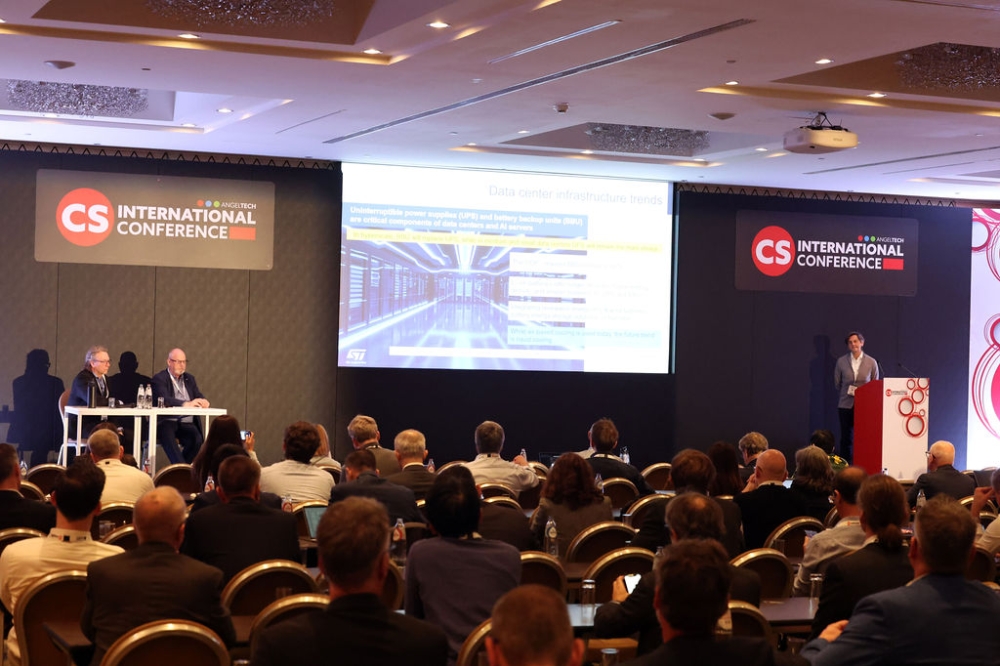Innoscience to discuss GaN for data centre applications at APEC

Papers will focus on 650V InnoGaN for 2kW AC/DC conversion and GaN HEMTs for 48V to 12V DC-DC conversion
At the upcoming IEEE APEC conference in Long Beach, California (25th to 29th February), Innoscience will be focussing on the exponential demand in power by data centres due to the processing power necessitated by Artificial Intelligence (AI) applications
At the industrial session, the company will present a paper showing the use of 650V InnoGaN to make a 2kW AC/DC conversion PSU with a high power density and a peak efficiency above 96 percent, thereby meeting the 80 Plus titanium efficiency rating. Innoscience says that thanks to the absence of a body diode on GaN devices, a simple Totem pole PFC architecture can be implemented while still reaching high levels of efficiency. At its booth Innoscience will also show a 4.2kW AC/DC conversion PSU meeting 80 Plus titanium efficiency rating within a power density of 130W/in3.
To address 48V to 12V DC-DC power conversion inside the data centre, Innoscience will present an all GaN HEMTs based 1kW 48V-12V unregulated LLC solution that features GaN power devices both at the primary side (100V devices) as well as at the secondary side (40V devices).
In order to maximise the power density and simplify the circuit, the solution uses Innoscience’s recent integrated SolidGaN solution (ISG3201), which integrates an half-bridge (made by two 100V/3.2mOhm InnoGaN devices) with its driver, protection etc.. in one package. The final all GaN 1kW 48V-12 converter has a size of only 50mmx30mmx9mm, which is 70 percent smaller than a Silicon counterpart rated only 600W. The converter achieves a peak efficiency of 98.5 percent.
Denis Marcon, generalmManager Innoscience Europe, comments: “Reliability is also an important consideration for data centres, because they operate 24/7 and they must guarantee continuity of service. Therefore, in this paper we will also present strong reliability data of Innoscience’s HV and LV GaN power devices, including end-of-life testing for life-time calculation which shows reliability data at the parts-per-billion level.”

